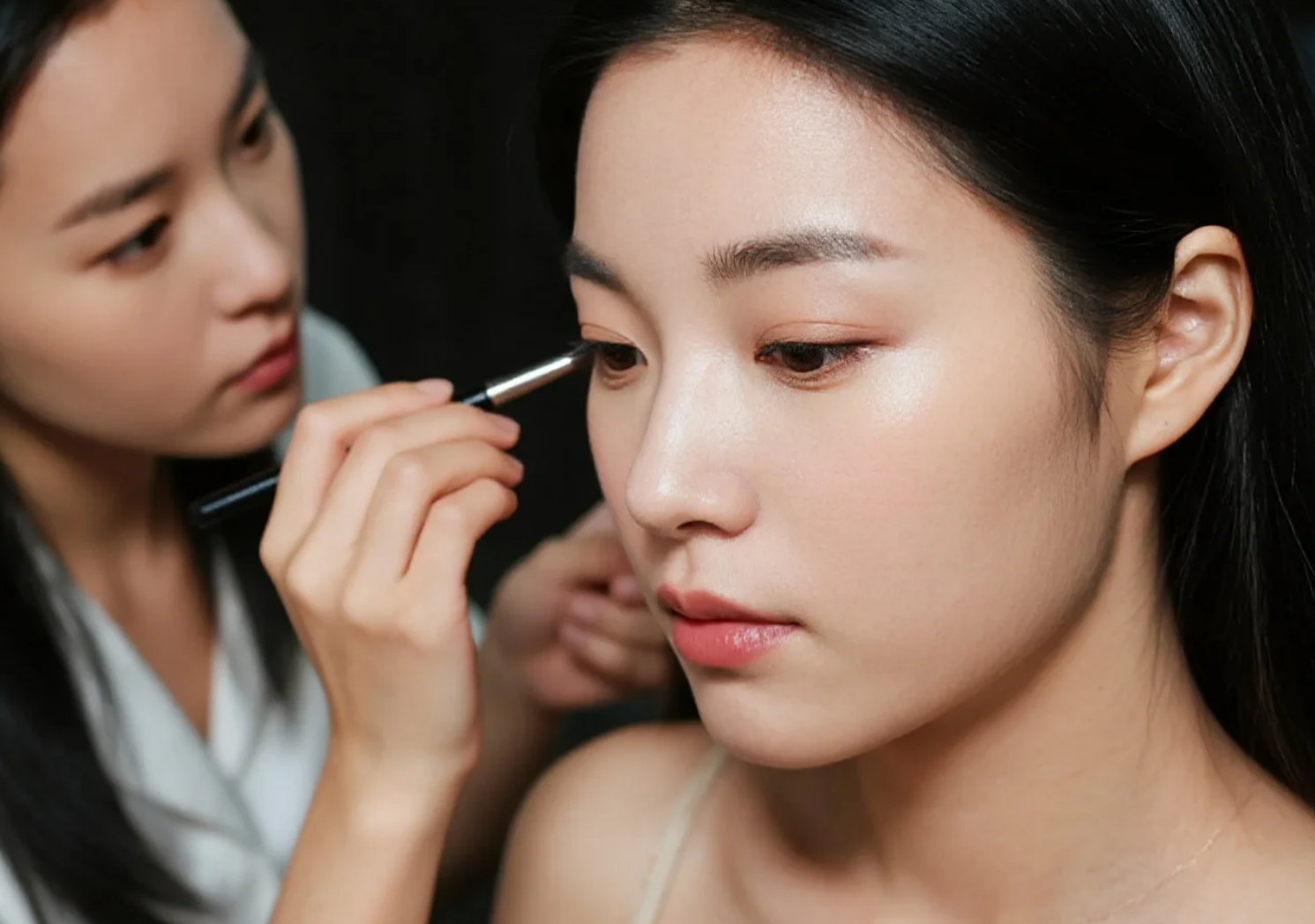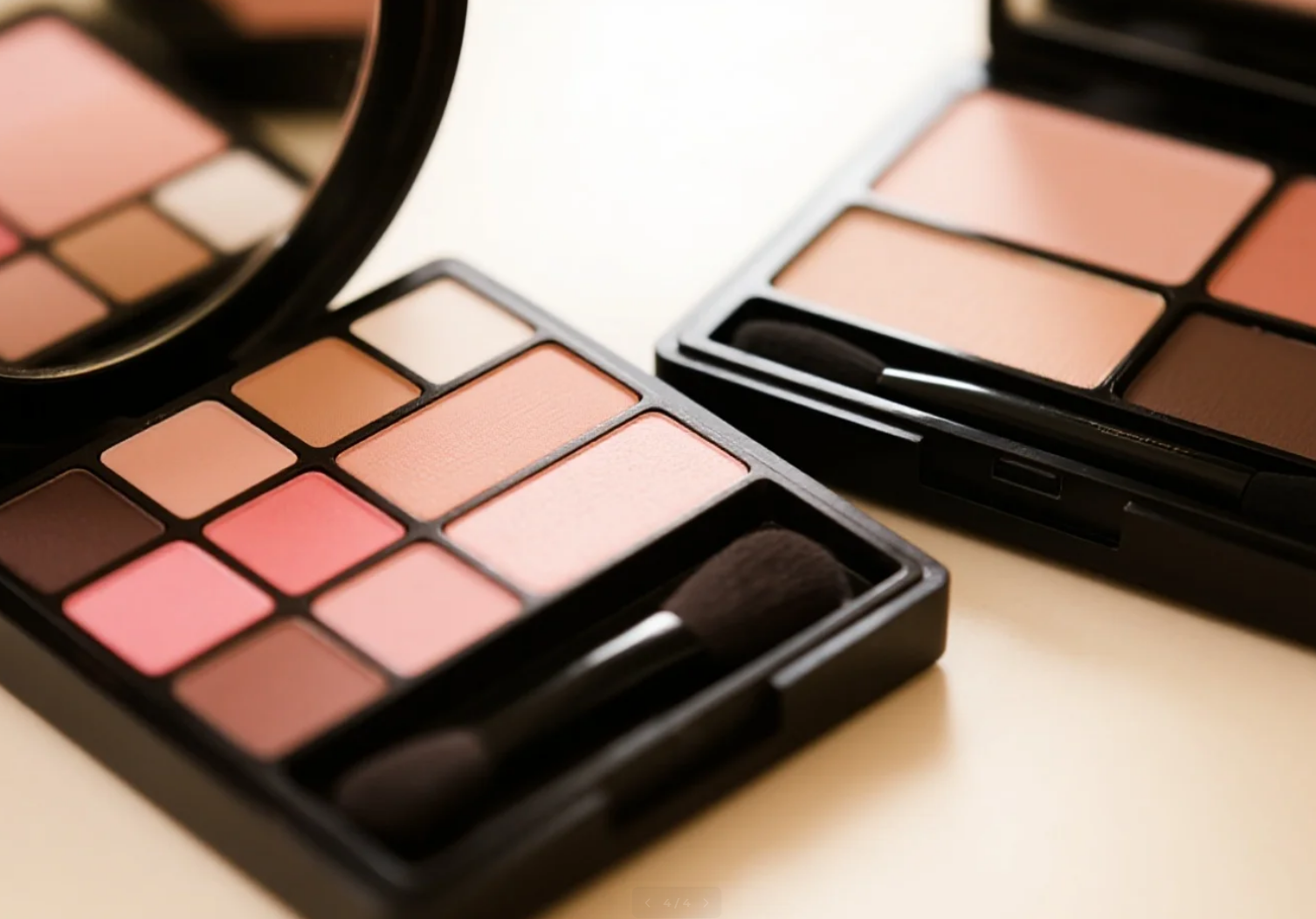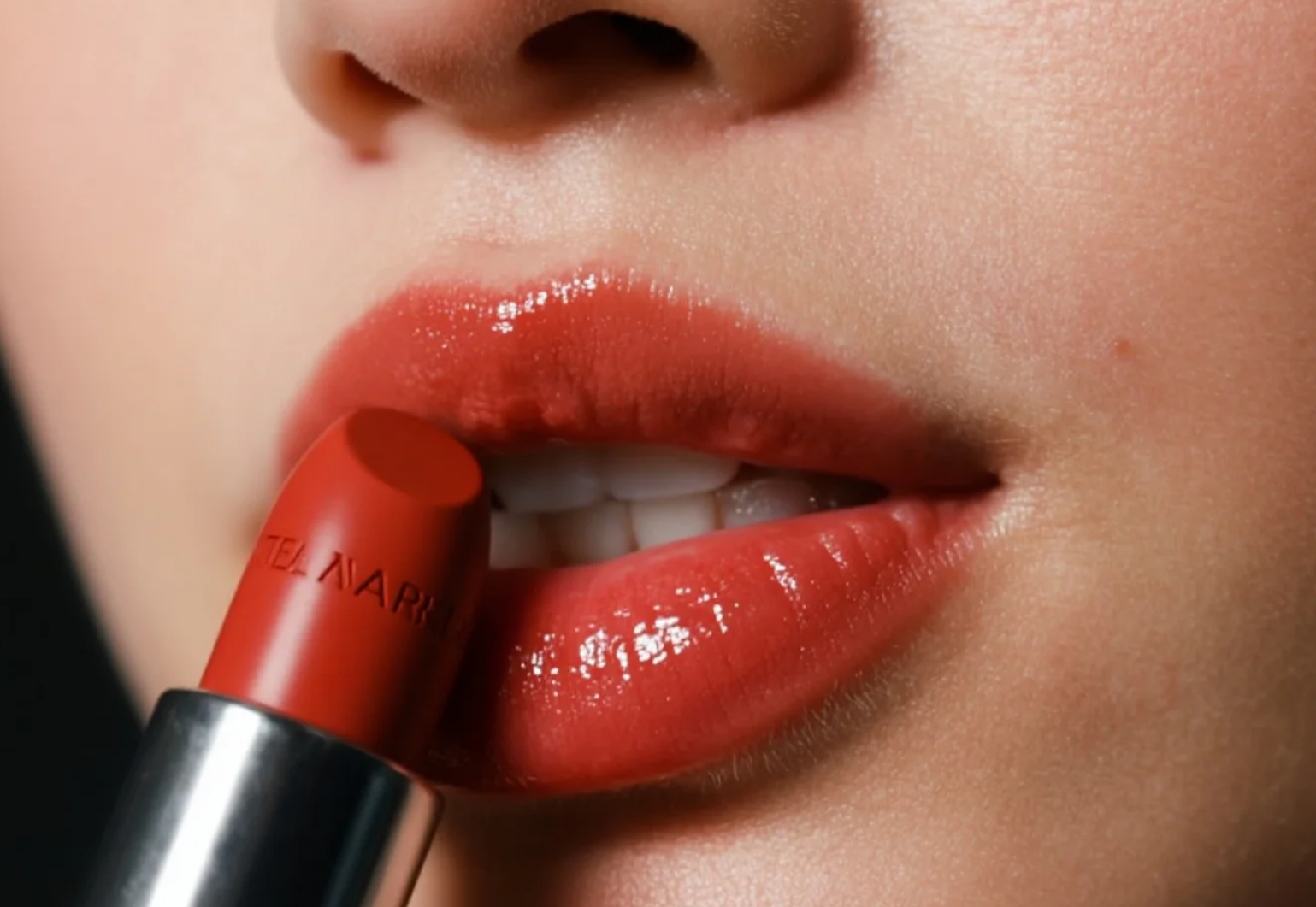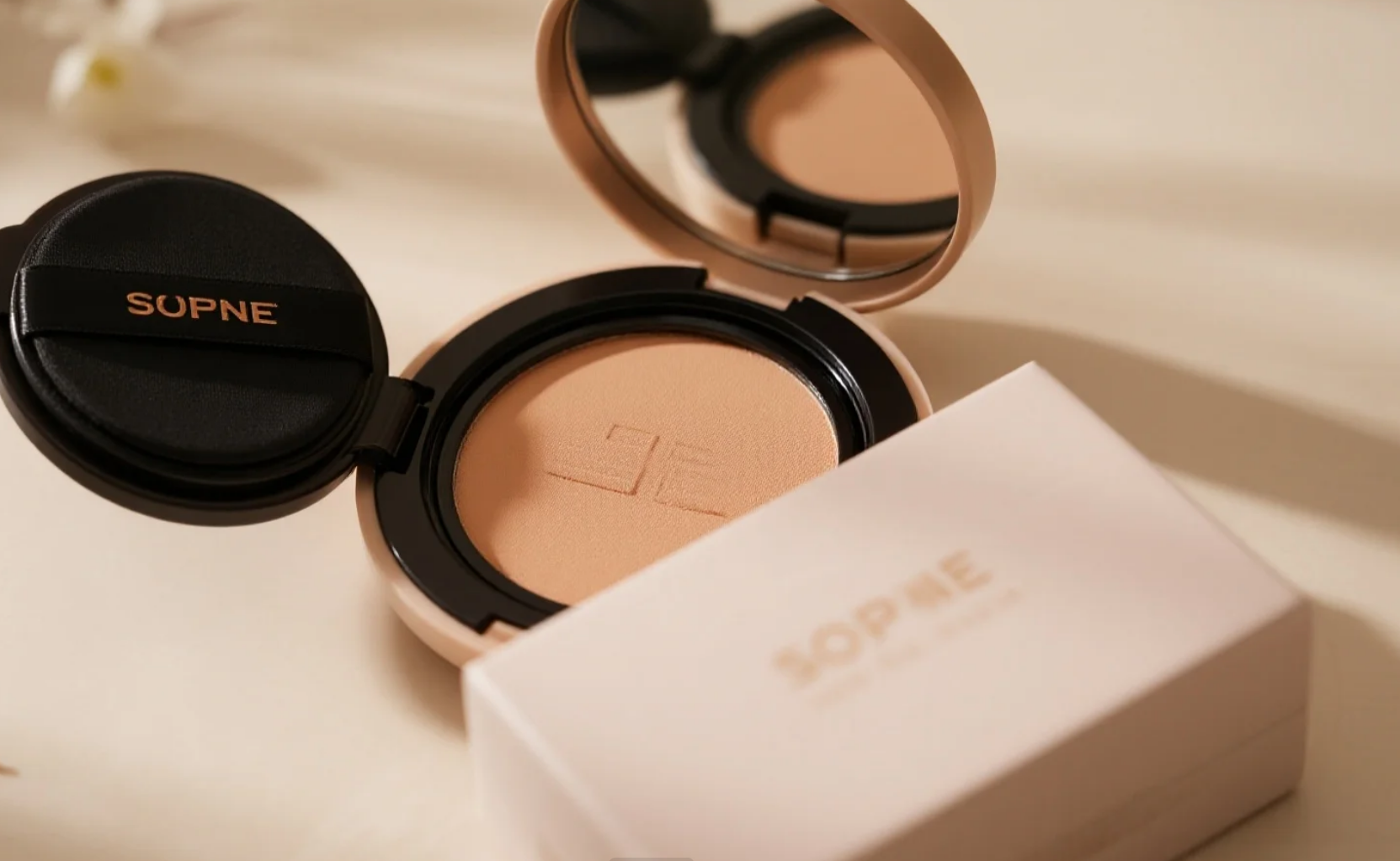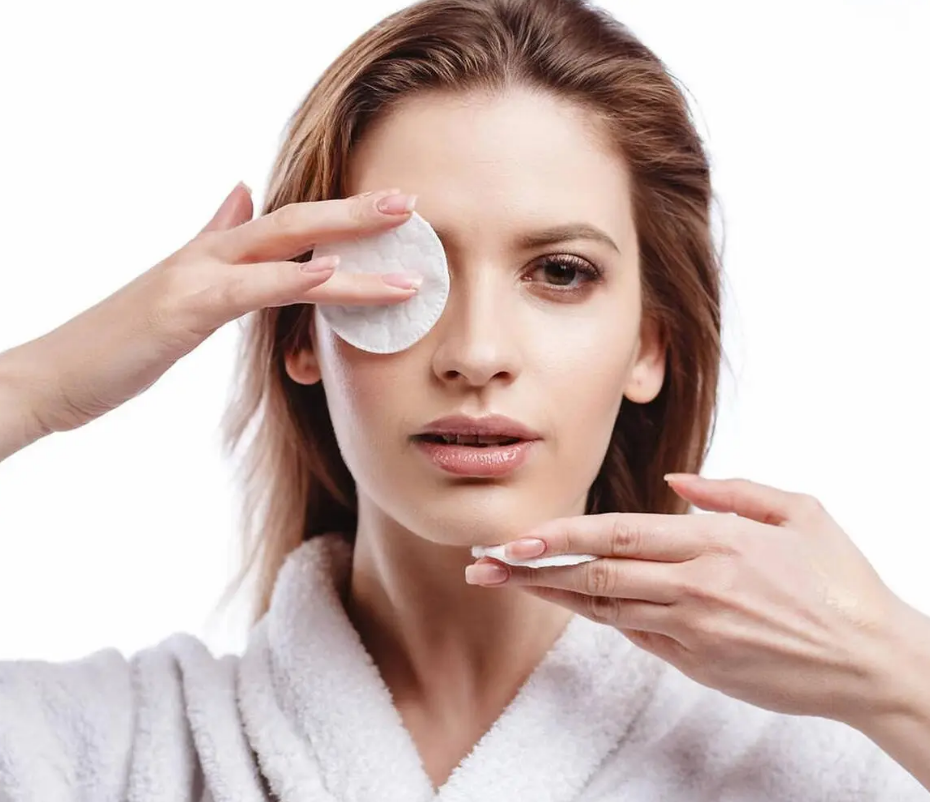How to choose foundation without caking? Skin Type Matching Guide
Among the many steps in makeup application, foundation is incredibly important. A perfect foundation can create a radiant complexion, while a poor foundation can ruin the entire look. Problems such as caking, floating, and fading plague many beauty enthusiasts, often stemming from a mismatch between foundation and skin type. Choosing a foundation that suits your skin type not only ensures long-lasting application but also protects skin health to a certain extent.
Understanding your skin type is the first step in choosing a foundation. Skin can be broadly categorized as dry, oily, combination, and sensitive, and each skin type has distinct foundation requirements. Dry skin is characterized by low sebum production, which can lead to dryness, tightness, and even flaking. This skin type requires a moisturizing foundation rich in humectants such as hyaluronic acid and glycerin, with a watery, creamy texture preferred. Estée Lauder's Intense Hydrating Foundation is a prime example, containing 84% nourishing ingredients that continuously replenish moisture for dry skin. Oily skin, on the other hand, is the opposite, with high sebum secretion, making makeup prone to oiliness and makeup removal. Oil-control, long-lasting foundations are ideal for oily skin types. These products often contain oil-absorbing ingredients like kaolin and silica, effectively absorbing excess oil and keeping makeup looking fresh. Estée Lauder's Double Wear is a popular choice for oily skin types, highly praised for its 16-hour longevity.
 Combination skin has both dry and oily characteristics, often with an oily T-zone and dry cheeks. This skin type requires more flexibility when choosing a foundation. Consider using two different textures for zoned application or opting for a balanced foundation. NARS's Super Square bottle is a product ideal for combination skin, automatically adjusting to the skin's condition to achieve a balanced look. Those with sensitive skin should pay special attention to ingredient safety and avoid products containing irritants like alcohol and fragrance. Mineral-based foundations, such as the classic BareMinerals formula, are generally a safe choice for sensitive skin. Their simple, gentle ingredients are unlikely to trigger allergic reactions.
Combination skin has both dry and oily characteristics, often with an oily T-zone and dry cheeks. This skin type requires more flexibility when choosing a foundation. Consider using two different textures for zoned application or opting for a balanced foundation. NARS's Super Square bottle is a product ideal for combination skin, automatically adjusting to the skin's condition to achieve a balanced look. Those with sensitive skin should pay special attention to ingredient safety and avoid products containing irritants like alcohol and fragrance. Mineral-based foundations, such as the classic BareMinerals formula, are generally a safe choice for sensitive skin. Their simple, gentle ingredients are unlikely to trigger allergic reactions.
In addition to skin type, seasonal changes are also important. Many people's skin condition fluctuates with the seasons, tending to be oilier in the summer and drier in the winter. Therefore, it's important to adjust your foundation choice according to the season. In the summer, you can choose a product with better oil-control properties, while in the winter, you'll need a more hydrating formula. Furthermore, environmental factors like air-conditioned rooms and dry climates can also affect skin condition and need to be taken into consideration.
The composition of a foundation directly impacts its effectiveness. A high-quality foundation typically consists of three main components: a water phase, an oil phase, and a powder. The proportions and quality of these components determine the final appearance of the foundation. For skin prone to cakey buildup, the fineness of the powder is particularly crucial. Micron- or even nano-sized powders adhere more evenly to the skin, minimizing the risk of cakey buildup. Many high-end foundations, such as Lancôme Absolue, utilize specialized powder processing technologies to achieve a more delicate and natural finish. Silicone ingredients like dimethicone form a breathable film on the skin's surface, helping foundation adhere more smoothly while minimizing fine lines and pores, making them effective ingredients for preventing caking. Film-forming agents enhance the longevity of foundation and prevent buildup caused by facial movements.
Preparing your makeup before use is equally crucial to preventing caking. Even the best foundation won't perform optimally if your skin isn't in good condition. Cleansing is the first step; gently exfoliating dead skin cells helps foundation adhere better, but avoid over-cleansing, which can damage the skin barrier. Moisturizing is crucial, especially for dry skin; adequate hydration can effectively prevent caking. Choosing a primer is also crucial: dry skin is best suited for moisturizing, oily skin for oil-controlling, and combination skin for different skin types. A beauty blender is a great aid for applying makeup; it should be thoroughly moisturized and squeezed dry, then applied with a gentle, pressing motion to avoid rubbing that can cause flaking. Liquid foundation should be used in moderation. Excessive application is not only wasteful but can also create a heavy look. It's recommended to start with a small amount and build up as needed.
The choice of shade also impacts the naturalness of your makeup. Choosing the wrong shade not only creates a fake look but can also exaggerate skin problems. Determining your skin tone is the first step. You can distinguish between cool and warm skin tones by observing the color of the veins on your wrist. Cool skin tones are suited to pink-toned foundations, while warm skin tones are suited to yellow tones. Neutral skin tones can choose mid-tones. The shade you choose should be determined by your skin tone. It's best to swatch the shade at the junction of your jaw and neck to ensure a natural color transition between your face and neck. It's important to note that different brands have different shade standards, so don't simply buy the same shade across all brands.
 Liquid foundation finishes can be broadly categorized as dewy, creamy, and matte. A dewy finish is suitable for dry skin, creating a plump, hydrated look. A creamy finish, somewhere between a dewy and matte, is suitable for normal or combination skin. A matte finish is more suitable for oily skin, effectively controlling shine. Choosing the right makeup effect for your skin type can enhance your look. Furthermore, your setting method should also match your skin type and foundation type. Dry skin is best suited to a setting spray, while oily skin requires loose powder for enhanced oil control. Combination skin can be set in different areas.
Liquid foundation finishes can be broadly categorized as dewy, creamy, and matte. A dewy finish is suitable for dry skin, creating a plump, hydrated look. A creamy finish, somewhere between a dewy and matte, is suitable for normal or combination skin. A matte finish is more suitable for oily skin, effectively controlling shine. Choosing the right makeup effect for your skin type can enhance your look. Furthermore, your setting method should also match your skin type and foundation type. Dry skin is best suited to a setting spray, while oily skin requires loose powder for enhanced oil control. Combination skin can be set in different areas.
With the advancement of technology, foundation formulas are constantly innovating. Some brands are incorporating skin-nourishing ingredients, such as antioxidants and peptides, into their foundations, allowing them to simultaneously apply makeup and care for the skin. Intelligent color matching technology also allows foundations to better adapt to different skin tones, reducing the difficulty of choosing a shade. Personalization may become a trend in the future, with foundations tailored to individual skin conditions.
